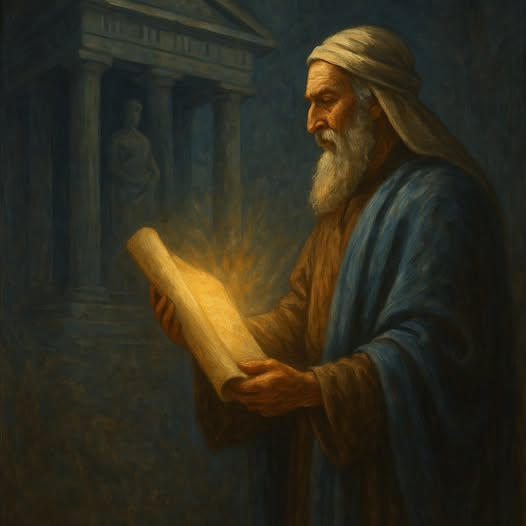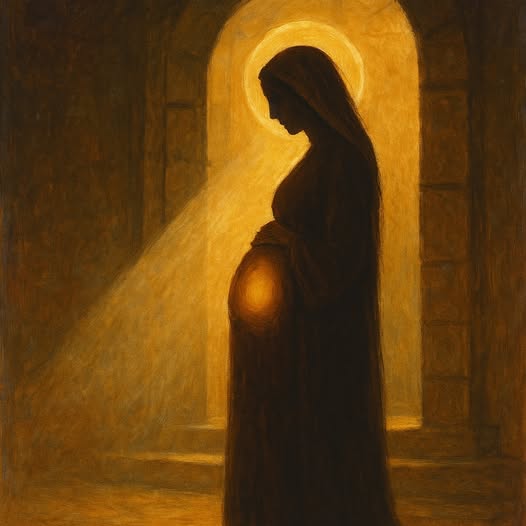
The Septuagint (LXX), the ancient Greek translation of the Hebrew Scriptures, holds a unique place in the history of the Bible. Produced in the centuries before the birth of Christ, it was widely used by Greek-speaking Jews and became the primary Old Testament for the early Church. In several key passages, however, the Septuagint’s wording differs from what is found in the later Masoretic Text (MT), the medieval Hebrew text that became standard in Judaism and is now the basis for most modern Old Testament translations. Some of these differences have direct implications for how certain prophecies were understood, especially in relation to Jesus as the Messiah.
The Historical Setting
The LXX was translated in Alexandria between the 3rd and 1st centuries BC, drawing on Hebrew manuscripts that predated the standardization of the Masoretic tradition by over a millennium. The translators worked in a Jewish context, long before Christianity existed, but their renderings sometimes carried nuances that later Christians saw as prophetic. The MT, by contrast, was shaped in a post–first-century environment, after Christianity had emerged as a separate and rapidly growing faith.
Why the Masoretic Text Reads Differently
It would be simplistic and misleading to claim that the Masoretic text “corrupted” Scripture in a malicious sense. Rather, the Masoretic tradition reflects the theological priorities of the Jewish communities that preserved it. By favoring readings that could not be as easily used to support Christian claims, and sometimes by clarifying ambiguous Hebrew in ways that leaned away from Messianic interpretations, they safeguarded their own tradition in the face of a rapidly growing and doctrinally distinct Christian movement.
Early Christians, especially in the first few centuries, continued to use the Septuagint as their Old Testament, since it was the version most often quoted in the New Testament itself. Over time, however, especially after Jerome’s Latin Vulgate and later in the Protestant Reformation, many Christian traditions adopted the Masoretic-based text for the Old Testament, even when it meant moving away from some readings used by the earliest believers.
The Role of the Dead Sea Scrolls
The discovery of the Dead Sea Scrolls in the mid-20th century confirmed that in some cases, the Septuagint’s readings align with Hebrew manuscripts older than the MT. This shows that certain LXX renderings were not later Christian inventions but reflected genuine ancient variants. The Scrolls demonstrate that while the Hebrew text was not uniform before the first century, the variations we are discussing here are concentrated in a small number of significant passages — not scattered across the entire Bible.
Key Christological Examples
Some of the most debated differences involve passages later quoted in the New Testament. For example, Psalm 22:16 in the MT reads, “like a lion are my hands and my feet,” which is difficult to make sense of in Hebrew. The LXX reads, “they pierced my hands and my feet,” which fits the crucifixion imagery in the Gospels. Another case is in Psalm 40:6, where the MT says, “my ears you have opened,” while the LXX reads, “a body you have prepared for me,” a wording directly cited in Hebrews 10:5 to speak of the incarnation.
These are not trivial translation differences. In each case, the LXX reading matches an interpretation that Christians naturally saw as fulfilled in Jesus, while the MT reflects a form that either blunts or removes that direct Messianic connection.
Conclusion
The divergences between the Septuagint and the Masoretic Text in certain Christological passages are not random accidents of translation. They reflect two communities — Jewish and Christian — preserving and transmitting Scripture in ways that reinforced their respective theological identities. Recognizing this history allows us to understand why the Old Testament, as used by the New Testament authors, does not always match the Hebrew text in modern Bibles, and why those differences still matter for interpretation today.
Discussion Questions
- How did the historical contexts of the Septuagint and the Masoretic Text influence their respective wording?
- Why might Jewish scribes in the post–first-century era have preferred readings that avoided clear Messianic implications?
- How do the Dead Sea Scrolls help confirm that some LXX readings reflect authentic ancient Hebrew variants?
- In what ways did the early Church’s use of the Septuagint shape Christian theology?
- How has the shift toward Masoretic-based translations in later Christian history affected the way modern readers encounter Old Testament prophecies?
Further Reading
- Jobes, Karen H., and Moisés Silva. Invitation to the Septuagint. A thorough but accessible introduction to the history, language, and influence of the LXX.
- Tov, Emanuel. Textual Criticism of the Hebrew Bible. A standard reference work exploring how textual variants emerged and were preserved.
- Bruce, F. F. The Canon of Scripture. Examines how the biblical canon formed in both Jewish and Christian traditions, including the role of the LXX.
- Michael S. Heiser – The Unseen Realm
Explores the divine council worldview and sheds light on ancient Jewish beliefs that influenced both the LXX and early Christian interpretation. - Alan F. Segal – Two Powers in Heaven
A classic study of the early Jewish belief in two divine figures—sometimes expressed as “two Yahwehs”—before it was declared heretical in rabbinic Judaism. This is crucial for understanding how certain LXX renderings aligned with early Christian claims about Jesus.






